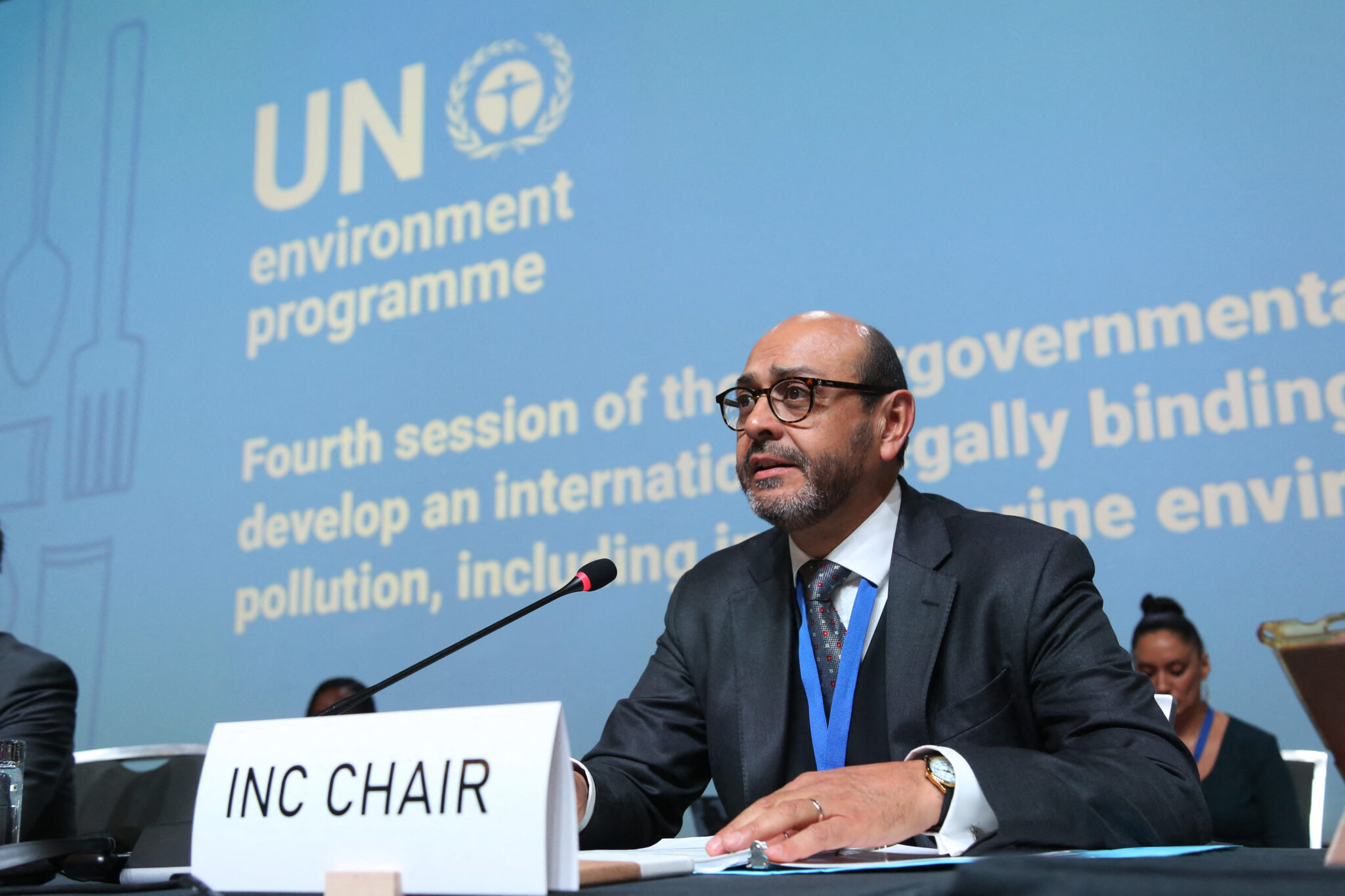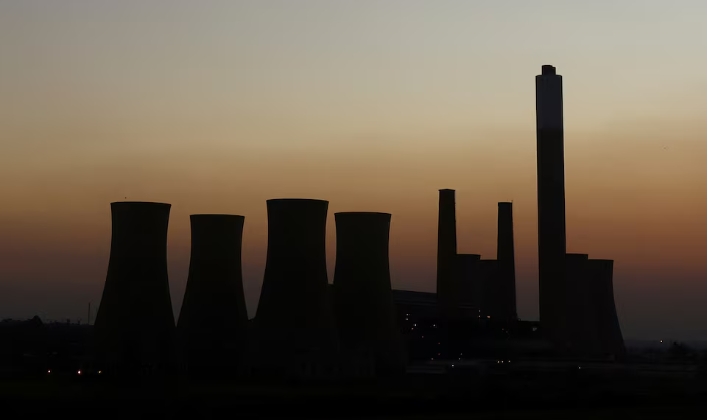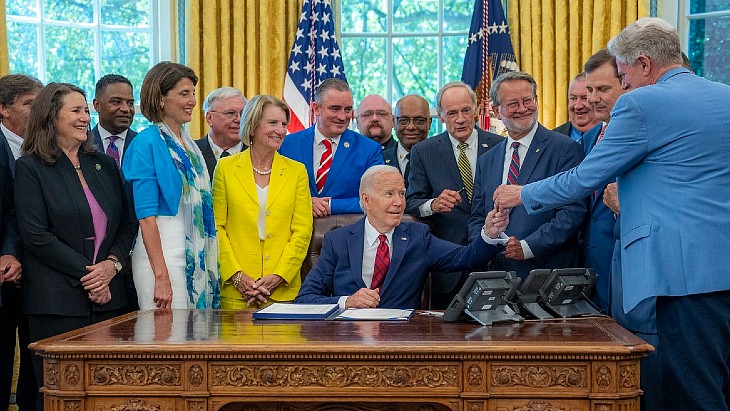 Residential and commercial buildings in Paris. Annual sales of heat pumps in the EU could rise to seven million by 2030, up from two million in 2021, the International Energy Agency said. Bloomberg
Residential and commercial buildings in Paris. Annual sales of heat pumps in the EU could rise to seven million by 2030, up from two million in 2021, the International Energy Agency said. Bloomberg
Heat pumps could potentially reduce global carbon dioxide emissions by at least 500 million tonnes by 2030, equivalent to the annual emissions of all the cars in Europe, the International Energy Agency has said.
The heating of most buildings around the world — such as homes, offices, schools and factories — is still dependent on fossil fuels, particularly natural gas. Heat pumps, which use electricity to transfer heat from a cool space to a warm space, are a more energy-efficient alternative to furnaces and air conditioners.
In a scenario in which all governments achieve their energy and climate pledges in full, heat pumps will become the main way of decarbonising space and heating water worldwide, the Paris-based agency said.
Heat pumps will require an annual additional investment of $160 billion until 2030 to meet climate pledges.
“All the pieces are in place for the heat pump market to take off, reminiscent of the trajectory we have seen in other key climate technologies like solar PV and electric vehicles,” the agency's executive director Fatih Birol said.
“Heat pumps address many of policymakers’ most pressing concerns on energy affordability, supply security and the climate crisis.
“Policy measures are in place today, but they need to be reinforced urgently to allow heat pumps fulfil their significant economic and environmental potential.”
The heat pump market has been growing rapidly in recent years due to falling costs and strong incentives.
Annual sales of heat pumps in the European Union could rise to seven million by 2030, up from two million in 2021, if governments succeed in hitting their emissions reduction and energy security goals, the agency said.
Heating buildings accounts for one third of EU gas demand today and heat pumps could reduce that demand by nearly seven billion cubic metres (bcm) in 2025, it said.
This annual gas savings would grow to at least 21 bcm by 2030 if EU climate targets are met, the agency added.
“Heat pumps are an indispensable part of any plan to cut their emissions and natural gas use, and an urgent priority in the EU today,” said Mr Birol.
“The technology is tried and tested, even in the coldest of climates. Policymakers should be putting their weight behind this technology that is witnessing unprecedented momentum at the moment.”
Global heat pump sales rose by nearly 15 per cent last year, double the average of the past decade, led by the EU where sales rose by about 35 per cent.
In 2022, sales are set to hit “record” levels in response to the global energy crisis, especially in Europe, where some countries are seeing sales double in the first half of 2022 compared with the same period last year, the agency said.
Heat pumps typically cost less over their lifetimes than fossil fuel boilers, thanks to their higher efficiency. At today’s energy prices, annual energy bill savings for households that switch to heat pumps can range from $300 in the US to $900 in Europe.
Meanwhile, global heat pump supply and installation could require more than 1.3 million workers by 2030, nearly triple the current amount, raising the potential for skilled labour shortages, especially for installers, the agency said.
“Government policy support is needed, though, to help consumers overcome heat pumps’ higher upfront costs relative to alternatives,” it added, saying that the cost of purchasing and installing a heat pump can be two to four times that of a gas boiler.
Financial incentives for heat pumps are already available in more than 30 countries, which together cover more than 70 per cent of heating demand.








